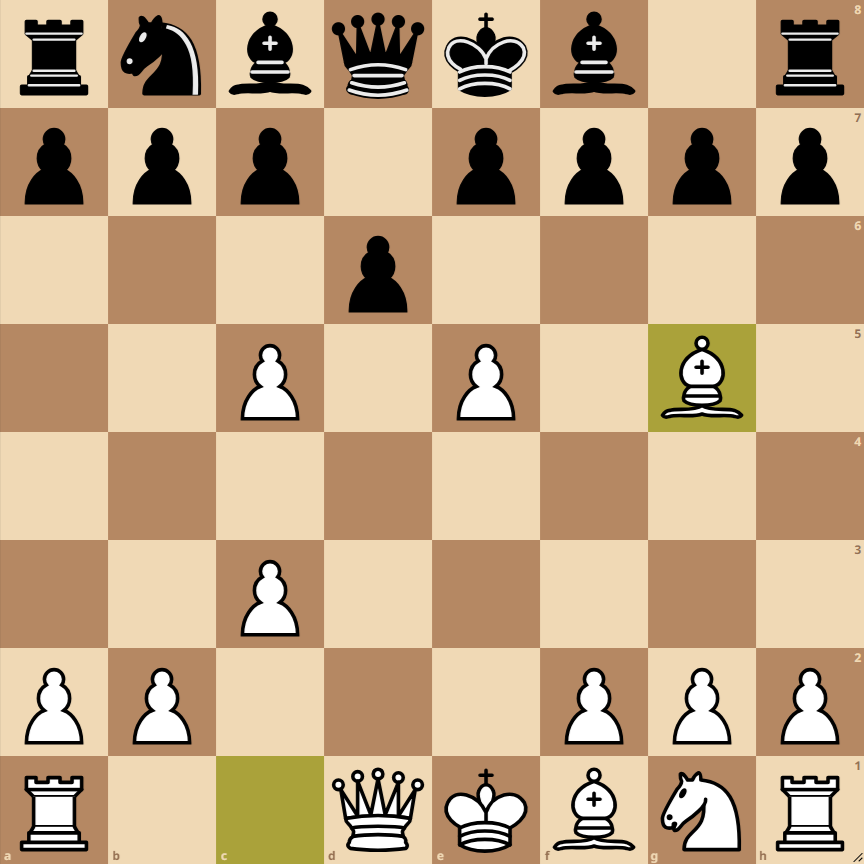How to Play the Alekhine Defense: Hunt Variation, Matsukevich Gambit
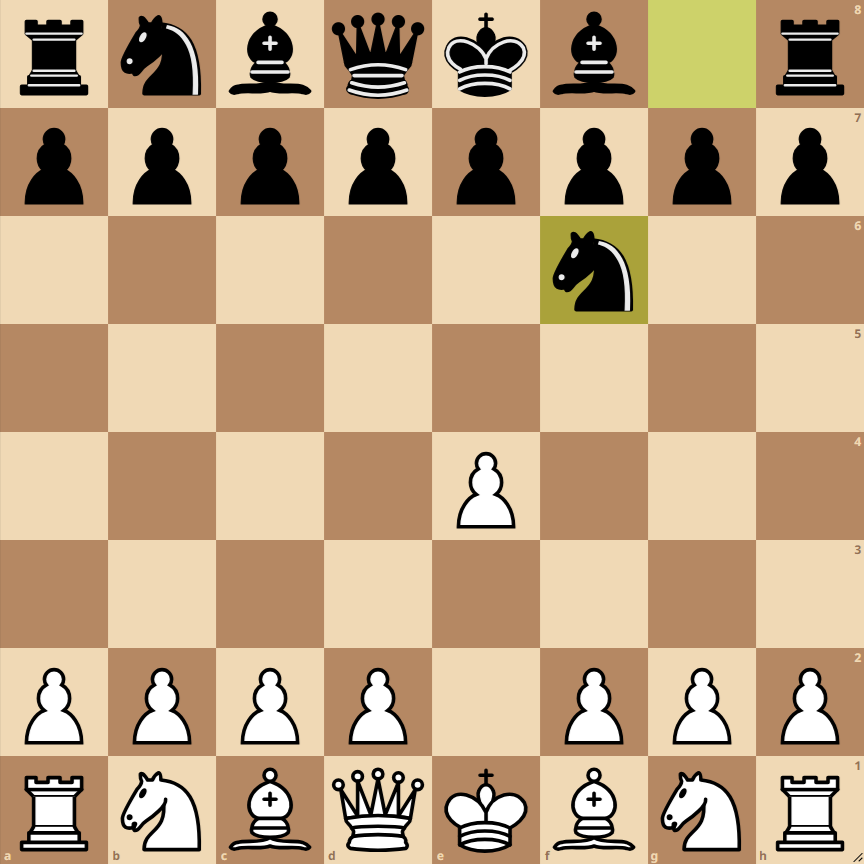
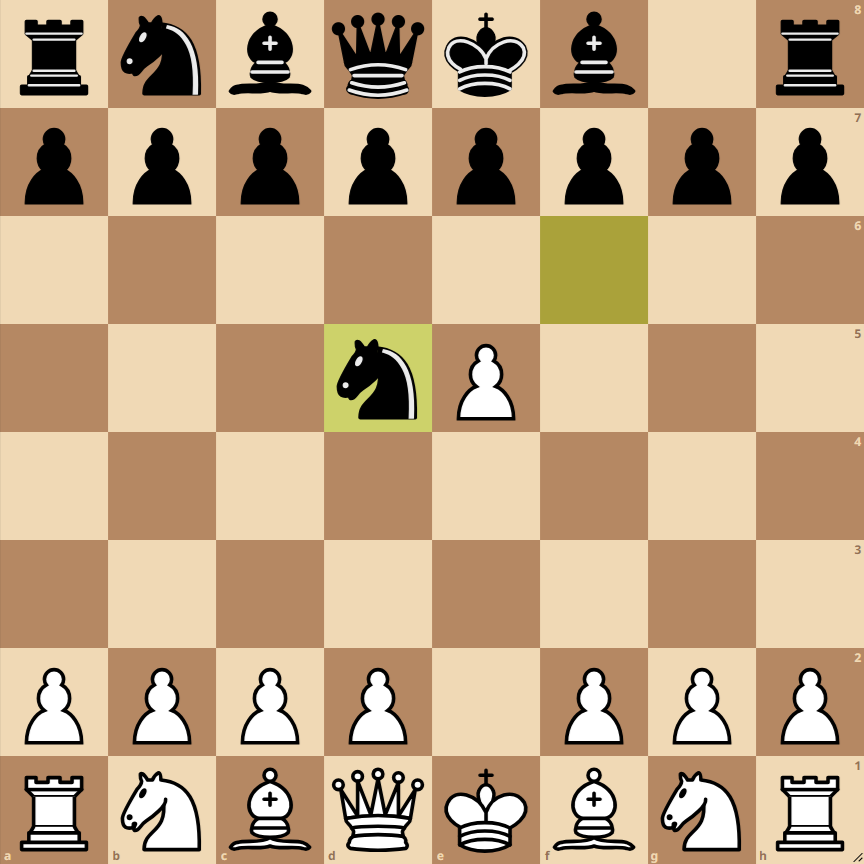

- 1. e4 Nf6: White opens with the king’s pawn, aiming to control the center and prepare for piece development. Black responds with the Knight to f6, initiating the Alekhine Defense, which aims to provoke and weaken White’s central pawn structure.
- 2. e5 Nd5: White advances their central pawn to gain space and attack the knight, which relocates to d5.
- 3. c4 Nb6: White plays c4, reinforcing their center and attacking the knight, which retreats to b6.
- 4. c5 Nd5: White advances their queen’s pawn, seeking to gain more space and once again attack the knight, which returns to d5.
- 5. Nc3 Nxc3: White develops their queen’s knight to c3, challenging the knight on d5. Black captures this knight with Nxc3.
- 6. dxc3: White recaptures with their queen’s pawn, maintaining tension in the center.
- 7. Bg5: White develops their bishop to g5, exerting pressure on the black kingside and preparing for offensive moves.
Variations of the Alekhine Defense: Hunt Variation, Matsukevich Gambit
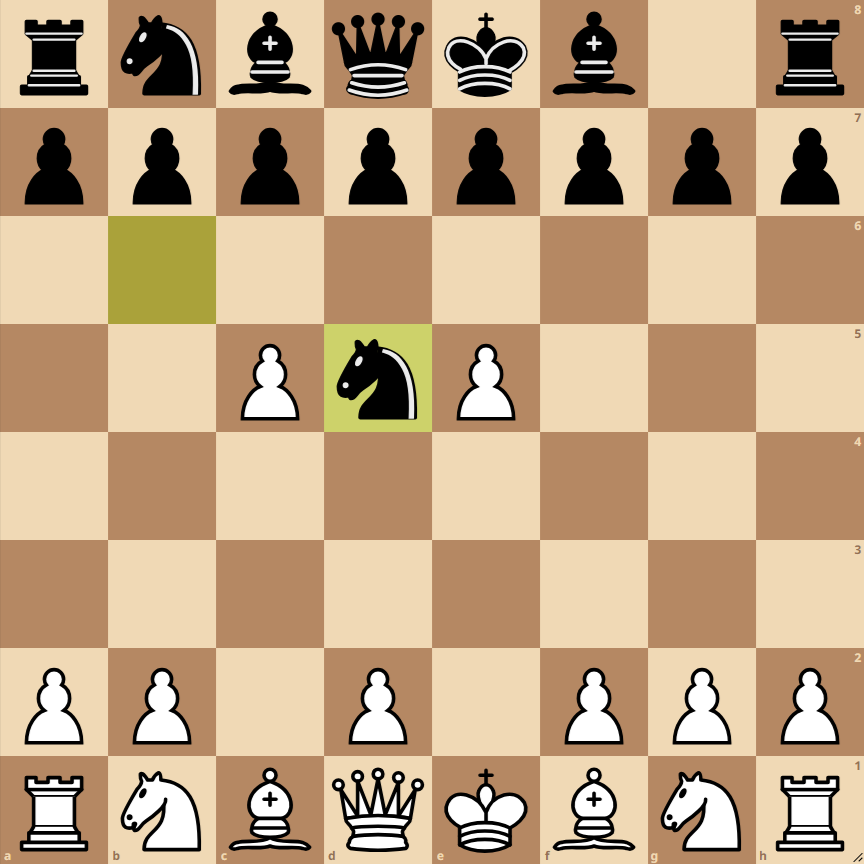
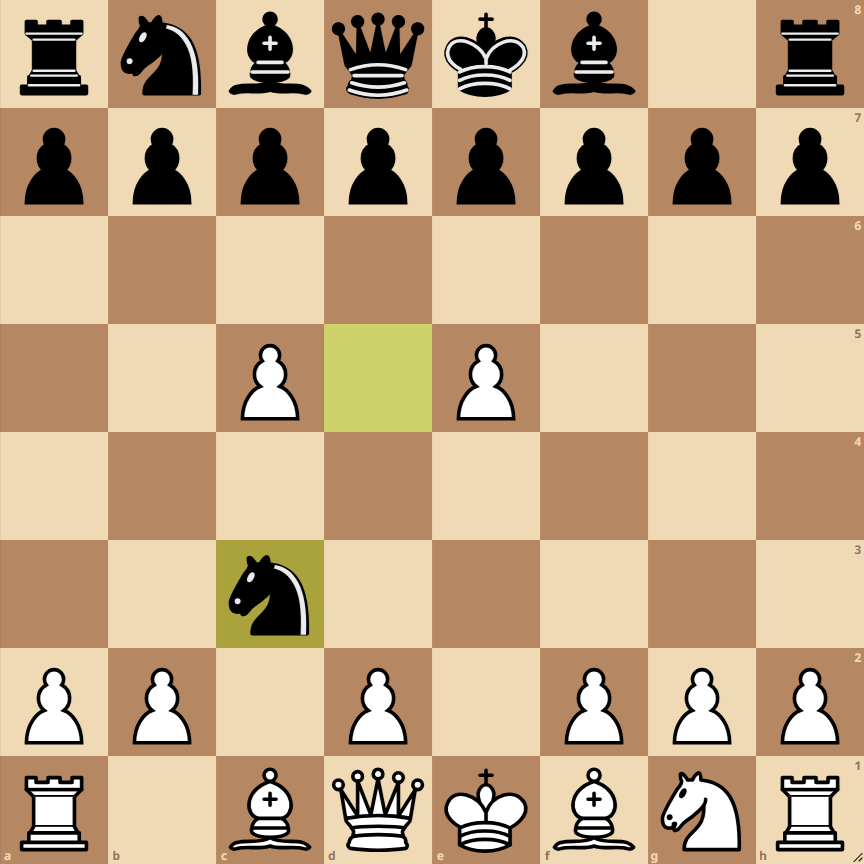
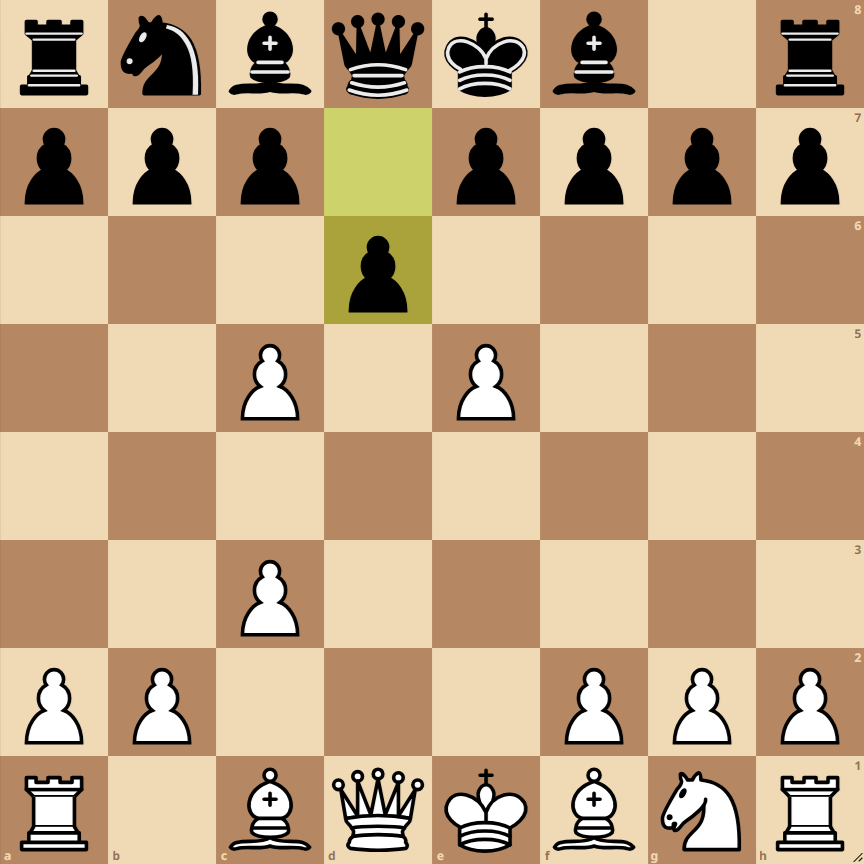
Variation 1: 3…d6
In this variation, Black plays 3…d6 instead of 3…Nb6. This aims to free the dark-squared bishop and prepare for possible kingside castling while supporting the center.
Variation 2: 5…e6
Chess: Alekhine Defense – Hunt Variation, Matsukevich Gambit
Moves:
- e4 Nf6
- e5 Nd5
- c4 Nb6
- c5 Nd5
- Nc3 Nxc3
- dxc3 d6
- Bg5
Current Position
After 7. Bg5, the position is dynamic and rich in tactical and strategic possibilities. White has achieved considerable central and queenside space control. On the other hand, Black aims to counter this space advantage and activate their pieces.
Strategies and Tactics
White:
- Space Control: With pawns on e5 and c5, White controls crucial central squares and restricts the mobility of Black’s pieces.
- Development and Attack: The bishop on g5 pressures the weak pawn on d6 and threatens the Black kingside. Maintaining pressure on the d6 pawn is crucial.
- Attack Opportunities: White can consider moves like Qd3 or Be2 followed by 0-0, preparing a possible kingside attack.
Black:
- Counterplay in the Center: Black should look for opportunities to challenge White’s central control, possibly with dxe5.
- Piece Development: Developing the bishop on c8 and possibly kingside castling is important for Black’s king’s safety.
- Pressure on c5: White’s ambitious c5 advance leaves weaknesses behind. Black can attempt to pressure the c5 pawn.
Recommended Next Moves
- dxe5: This move directly challenges White’s central control and opens lines for Black’s other pieces. It’s an attempt to activate the position and relieve pressure.
- h6: This move forces the bishop to decide whether to retreat or exchange for the knight. If Black can exchange their knight for White’s light-squared bishop, it could be beneficial for pawn structure and central control.
- Nc6: Developing the knight to a more active square, preparing for rook connections, and adding more central control. It also maintains tension and the possibility of playing dxe5 in the near future.
Conclusion
The Alekhine Defense, especially in the Hunt Variation with the Matsukevich Gambit, leads to a game rich in strategy and tactics. Both players must balance the fight for space and development with defensive precautions and tactical opportunities. White enjoys more space, while Black seeks activity and counterplay. The choice of moves in this stage is crucial for the balance of the game.

